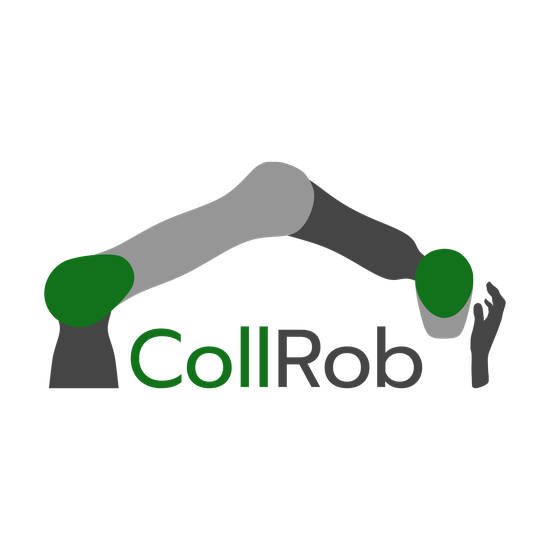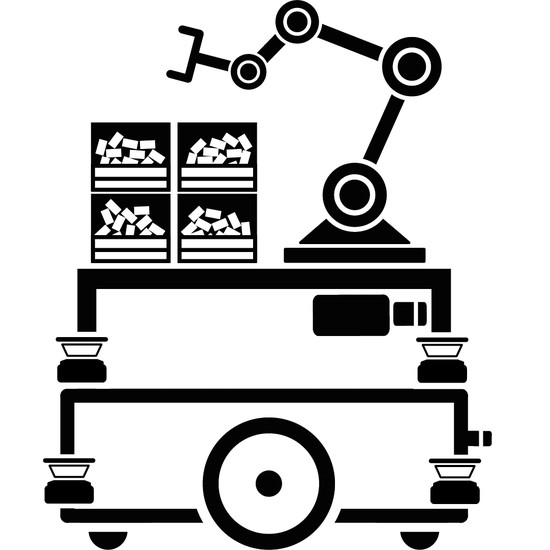Biography
Hi, my name is Bernhard. I am currently a director of software engineering at Dynatrace (https://www.dynatrace.com). Before that, I was heading the robot system technologies research group at ROBOTICS - the institute for robotics and mechatronics in Klagenfurt, Austria.
My research interests include robotics and especially software and security for modern robots. During my PhD I have engaged myself in resource-awareness for visual sensor networks, smart cameras and computer vision.
During my time in research I engaged in robot software engineering and worked on making robots secure. I also investigated into ethical issues revolving around robots and future technologies.
I have also created Hackersepp. This is a simple website that you can open on a computer that someone has left unlocked to encourage them to lock their screen. This is my very simple attempt to increase our everyday security.
Interests
- Robot software
- Software engineering for robotics
- Cybersecurity for robotics
- Robot ethics
- Visual sensor networks
Education
-
PhD in Information Technology, 2013
Alpen-Adria Universität Klagenfurt, Austria
-
DI in Applied Informatics, 2008
Alpen-Adria Universität Klagenfurt, Austria

